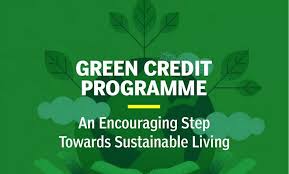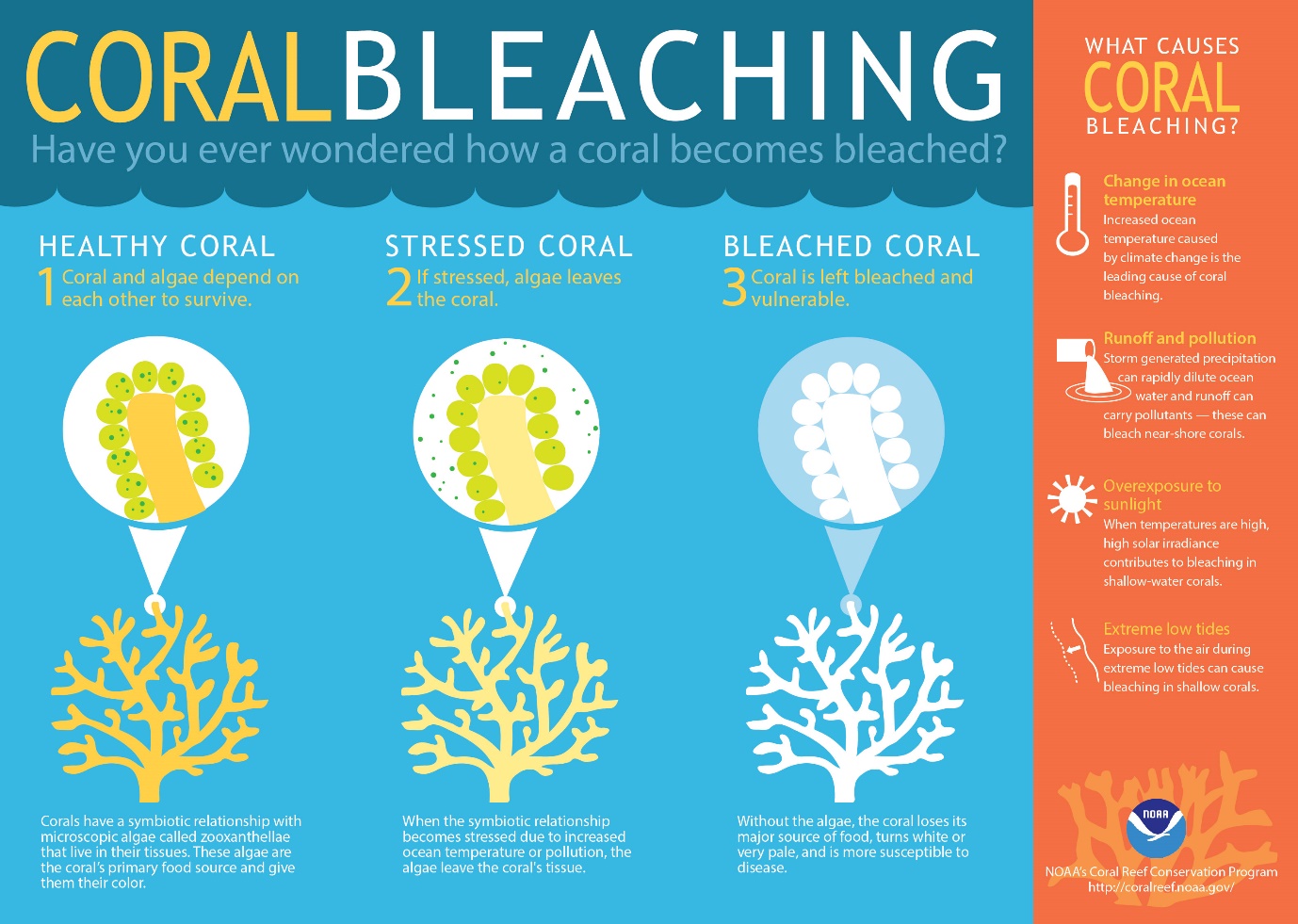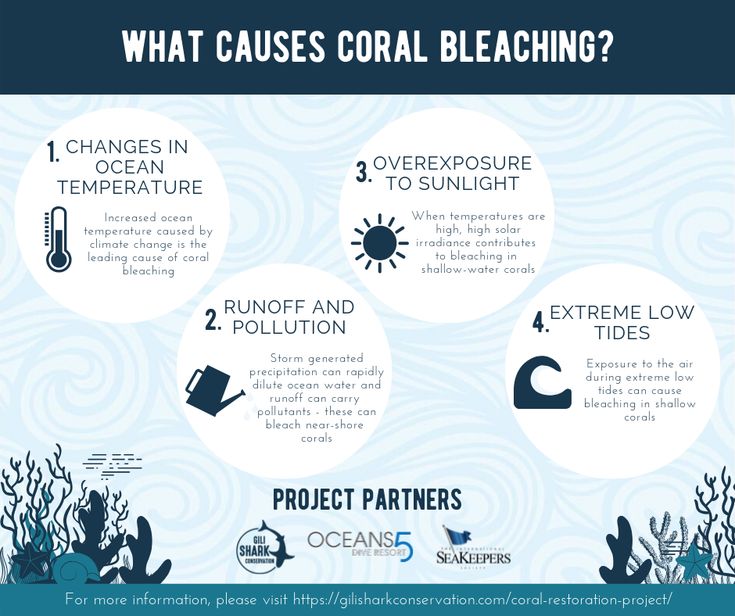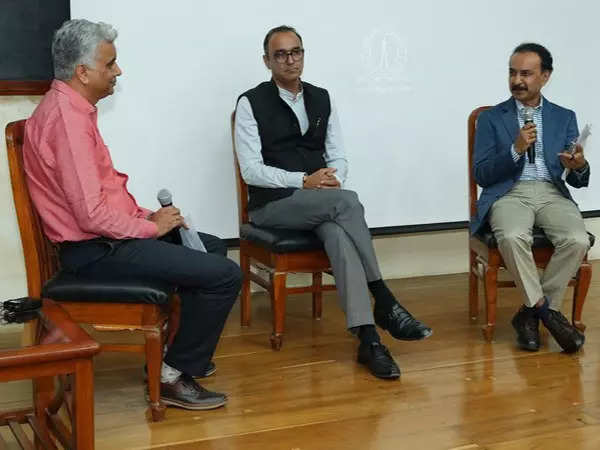 |
||
| 22 April 2024 | ||
|
- Understanding the Green Credit Programme (GCP)
- Coral Bleaching and its Impact
- Bitcoin Halving
- Understanding Indelible Ink
- Euvichol-S
- Unveiling the Global Financial Stability Report
- The Longevity India Initiative
- Regulating Single-Use Plastic: An Indian Perspective
Understanding the Green Credit Programme (GCP)
Introduction;
On April 12, the Environment Ministry released new guidelines regarding the Green Credit Programme (GCP), aiming to enhance environmental conservation efforts.

Key Features of the GCP;
1.Inclusive Participation
Entities ranging from individuals to public and private companies can invest in environmental initiatives and earn ‘green credits’ based on the environmental impact of their activities.
2.Public Sector Involvement
Notable public sector companies like Indian Oil, Power Grid Corporation of India, and others have shown interest in participating in the GCP.
3.Focused Initiatives
The GCP’s initial focus revolves around afforestation, particularly targeting degraded forest and wasteland areas, with tree planting supervised by State forest departments.
4.Administrative Oversight
The Indian Council of Forestry Research and Education (ICFRE), an autonomous body under the Environment Ministry, is responsible for managing the GCP and overseeing methodologies for credit calculation and exchange.
5.Regional Engagement
Thirteen state forest departments have offered land parcels for afforestation projects under the GCP, covering a significant area of degraded forest land.
6.Facilitating Decision-Making
Participants receive cost estimates for their chosen afforestation projects to aid in informed decision-making and planning.
Controversies Surrounding the GCP;
1.Commodification Concerns
Critics argue that the GCP’s structure may commodify environmental conservation, potentially conflicting with existing forest conservation laws in India.
2.Forest Diversion Risks
The provision allowing companies to exchange green credits for compensatory afforestation requirements raises concerns about potential exploitation, particularly in industries like mining and infrastructure.
3.Ecological Considerations
Planting trees as part of afforestation efforts does not guarantee ecosystem improvement and may lead to unintended consequences such as the proliferation of invasive species or disruption of sustainable ecosystems.
4.Monoculture Threat
There is a risk that the GCP may promote the replacement of natural forests with invasive monocultures, potentially harming biodiversity and ecological balance.
5.Carbon Trading Controversy
Uncertainty surrounds the effectiveness and legitimacy of carbon trading schemes involving green credits generated from activities like tree planting, casting doubt on the GCP’s approach to carbon offsetting.
Conclusion;
The Green Credit Programme in India faces criticism for various reasons, including concerns about commodification, forest diversion risks, ecological impacts, and uncertainties regarding carbon trading methodologies. Addressing these issues requires rigorous oversight and adaptation.
Coral Bleaching and its Impact
Context;
The recent announcement by the US National Oceanic and Atmospheric Administration (NOAA) highlights the alarming onset of the fourth global mass coral bleaching event, triggered by unprecedented ocean temperatures.

Insight into Corals:
- Nature of Corals: Corals are sessile animals, permanently affixed to the ocean floor.
- Symbiotic Relationship: They form a symbiotic bond with single-celled algae known as zooxanthellae, which provide them with nutrients through photosynthesis.
- Colonial Structure: Corals live in colonies of genetically identical polyps, each with tentacle-like structures for feeding.
- Types of Corals: They are broadly classified as hard or soft corals, with hard corals being the primary builders of coral reefs.
- Importance of Coral Reefs: Coral reefs, often termed “rainforests of the sea,” are crucial for marine ecosystems, hosting diverse marine species.
Understanding Coral Bleaching:
- Definition: Coral bleaching occurs when corals experience stress due to environmental changes, leading to the expulsion of zooxanthellae.
- Process: Stress conditions prompt zooxanthellae to produce harmful reactive oxygen species, causing corals to expel them from their polyps.
- Consequences: This disrupts the symbiotic relationship vital for coral survival and results in their bleached appearance.
Factors Contributing to Coral Bleaching:
- Rising Ocean Temperatures: Climate change-induced warming of ocean waters is the primary cause of coral bleaching.
- Impact of Pollution: Storm runoff carries pollutants that can bleach corals located near the shore.
- Solar Irradiance: High solar radiation during periods of elevated temperatures contributes to bleaching in shallow-water corals.
- Low Tides: Exposure to air during extremely low tides can induce bleaching in shallow corals.

Conclusion:
Understanding coral bleaching and its causes is crucial for addressing the alarming decline of coral reefs worldwide. Efforts to mitigate climate change and reduce pollution are essential to safeguarding these vital marine ecosystems for future generations.
Bitcoin Halving
Introduction:
The cryptocurrency community is eagerly anticipating the upcoming Bitcoin halving event, scheduled to occur this weekend.

Insight into Bitcoin Halving:
- Definition: Bitcoin halving refers to a fundamental change in the underlying blockchain technology of Bitcoin, aimed at reducing the rate of new bitcoin generation.
- Finite Supply: Bitcoin, created by the pseudonymous entity Satoshi Nakamoto, operates on a finite supply model, capped at 21 million tokens.
- Halving Process: This process will continue until 2041, after which all available Bitcoins will have been mined.
Mechanism:
- Blockchain Technology: The blockchain records information in blocks, which are added to the chain through a process called mining.
- Mining: Miners utilize computational power to solve complex mathematical puzzles, thereby constructing the blockchain and receiving rewards in the form of new bitcoins.
- Halving Occurrence: The blockchain protocol dictates that a halving takes place approximately every four years, specifically after every 210,000 blocks are added.
- Effect: During a halving, the rewards granted to miners are halved, reducing the profitability of mining and slowing the production of new bitcoins.
Impact on the Crypto Market:
- Experts speculate that the halving event could influence Bitcoin’s price dynamics.
- The heightened scarcity resulting from halving may exert upward pressure on prices and attract a fresh influx of investors to the cryptocurrency market.
Understanding Indelible Ink
Introduction:
With the Lok Sabha elections approaching, the iconic symbol of Indian elections, the left hand marked with purple-black indelible ink, becomes a ubiquitous sight.

Insight into Indelible Ink:
- Composition: Indelible ink comprises silver nitrate, initially colorless but visible under ultraviolet light, including sunlight.
- Quality: The ink’s quality is directly proportional to the concentration of silver nitrate.
- Durability: It remains resistant to soap, liquids, detergents, etc., for up to 72 hours post-application.
- Drying Time: A solvent like alcohol is added to facilitate faster drying of this water-based ink.
- Manufacture: Initially developed at the Election Commission of India’s behest, the indelible ink is produced by the government’s Council of Scientific & Industrial Research (CSIR).
- Mysore Paints & Varnish Ltd., licensed to manufacture the ink since 1962, is the designated producer.
- Global Reach: The ink is exported to over 25 countries, including Canada, Ghana, Nigeria, Mongolia, Malaysia, Nepal, South Africa, and the Maldives.
Legal Framework:
- Inclusion in Legislation: The Representation of the People Act (RoPA) of 1951 acknowledges the use of indelible ink.
- Section 61: The Act allows for rules to be established regarding the marking of voters with indelible ink before receiving a ballot paper, ensuring the ink’s role in the electoral process.
Euvichol-S
Overview;
The World Health Organization (WHO) recently granted prequalification status to a novel oral cholera vaccine named Euvichol-S, marking a significant development in combating Cholera.

Insight into Euvichol-S:
- Nature: Euvichol-S is an inactivated oral vaccine specifically designed for the treatment of Cholera.
- Family of Vaccines: It joins the ranks of existing cholera vaccines prequalified by WHO, being the third in its family.
- Simplified Formulation: This vaccine represents a simplified version of the oral cholera vaccine (OCV) known as Euvichol-Plus.
- Other Vaccines: Within the category of inactivated oral cholera vaccines, Euvichol and Euvichol-Plus are also notable products.
Key Facts about Cholera:
- Nature of the Disease: Cholera is an acute diarrhoeal illness caused by the bacterium Vibrio cholerae.
- Global Health Concern: It remains a significant global health threat, serving as an indicator of social inequity and developmental shortcomings.
- Symptoms: The disease manifests through severe acute watery diarrhoea, accompanied by symptoms such as profuse diarrhoea, vomiting, and leg cramps.
- Transmission: Cholera spreads rapidly in regions lacking adequate sewage and drinking water treatment facilities.
Unveiling the Global Financial Stability Report
Context;
The International Monetary Fund (IMF) recently unveiled its latest edition of the Global Financial Stability Report, offering insights into the current state of global financial markets.

Exploring the Global Financial Stability Report:
- Nature: Published semiannually by the IMF, this report scrutinizes the stability of global financial markets and assesses emerging-market financing.
- Frequency: Released biannually, typically in April and October, the report provides a comprehensive analysis of prevailing financial conditions.
- Focus: The report zeroes in on prevailing financial and structural imbalances that could potentially jeopardize global financial stability and hinder access to financing for emerging-market economies.
Key Highlights from the Report:
- Risk Assessment: The report flags various risks to the global financial system, including persistent high inflation, escalating lending activities in unregulated credit markets, and the mounting incidence of cyber-attacks targeting financial institutions.
- Geopolitical Factors: Geopolitical tensions, such as conflicts in regions like West Asia and Ukraine, are identified as potential disruptors of aggregate supply, potentially fueling inflation. This could dissuade central banks from considering interest rate reductions in the near term.
- Foreign Capital Inflows: India emerged as the second-largest recipient of foreign capital in 2023, trailing only the United States. However, this trend could swiftly reverse if western central banks signal a prolonged period of elevated interest rates.
- Concerns over Unregulated Credit Market: The report underscores concerns surrounding the burgeoning unregulated private credit market, where non-bank financial institutions extend credit to corporate borrowers. Troubles within this market could ripple through the broader financial system.
- Borrower Vulnerability: Many borrowers in the private credit market lack financial resilience, with numerous entities failing to generate earnings surpassing their interest expenses. This poses significant risks to financial stability.
The Longevity India Initiative
Introduction:
The Indian Institute of Science (IISc) has recently launched the Longevity India Initiative, marking a significant leap in addressing the challenges posed by ageing.

Exploring the Longevity India Initiative:
- Mission: The initiative is dedicated to extending the human ‘health span’ and tackling various issues associated with ageing.
- Scope: A comprehensive clinical study involving researchers from diverse IISc departments, clinicians, industry partners, philanthropists, and civil society representatives forms a cornerstone of this initiative.
- Objectives: The project aims to deepen the understanding of ageing through fundamental and applied research while devising solutions to enhance overall quality of life.
- Research Focus: Leveraging cutting-edge research methodologies, the initiative seeks to develop interventions for effectively managing age-related ailments, with a strong emphasis on promoting healthy ageing nationwide.
Financial Support:
- Initial grant funding for the initiative has been generously provided by Prashanth Prakash, Founding Partner of Accel India.
Significance of the Initiative:
- With projections indicating a surge in India’s elderly population to 347 million by 2050, the initiative underscores the urgent need to leverage technology for delivering accessible geriatric healthcare.
- Furthermore, it highlights the importance of nurturing the ‘silver economy’ and investing in digital systems tailored to the evolving needs of ageing populations.
Regulating Single-Use Plastic: An Indian Perspective
Context:
India is advocating for the regulation, rather than the outright ban, of single-use plastic ahead of global discussions set to take place in Toronto.

India’s Plastic Waste Management Regulations:
- Introduced in 2022, these regulations banned 19 categories of single-use plastics, excluding items like plastic bottles and multilayered packaging boxes.
- However, enforcement of the ban varies across the country, with many establishments still selling prohibited items.
Reasoning Behind the Ban:
- The ban was informed by a report from an expert committee, which evaluated the utility and environmental impact of various plastic products.
- Notably, the current ban only addresses approximately 11% of single-use plastic in India.
Global Negotiations on Plastic Pollution:
- Discussions at the global level include strategies for addressing problematic and avoidable plastic products, particularly single-use plastics.
- The objective is to implement measures such as removing these products from the market, reducing production, and redesigning items for sustainability and safety.
India’s Position in the Negotiations:
- India advocates for the regulation, rather than the complete prohibition, of problematic plastic goods, including their production, sale, import, and export.
- India supports the establishment of science-based criteria for identifying such plastics.
Global Perspectives on Plastic Regulation:
- The European Union proposes restrictions on the production and sale of problematic plastic categories.
- The United States supports individual countries developing their own lists of problematic and avoidable goods.
- Various countries have differing stances influenced by their economic considerations, recycling capabilities, and waste management infrastructure.
Challenges and Concerns:
- Plastic production has doubled in the last two decades, resulting in significant environmental impacts and greenhouse gas emissions.
- Despite global efforts, achieving consensus on how to effectively address plastic waste remains a challenging endeavor.

